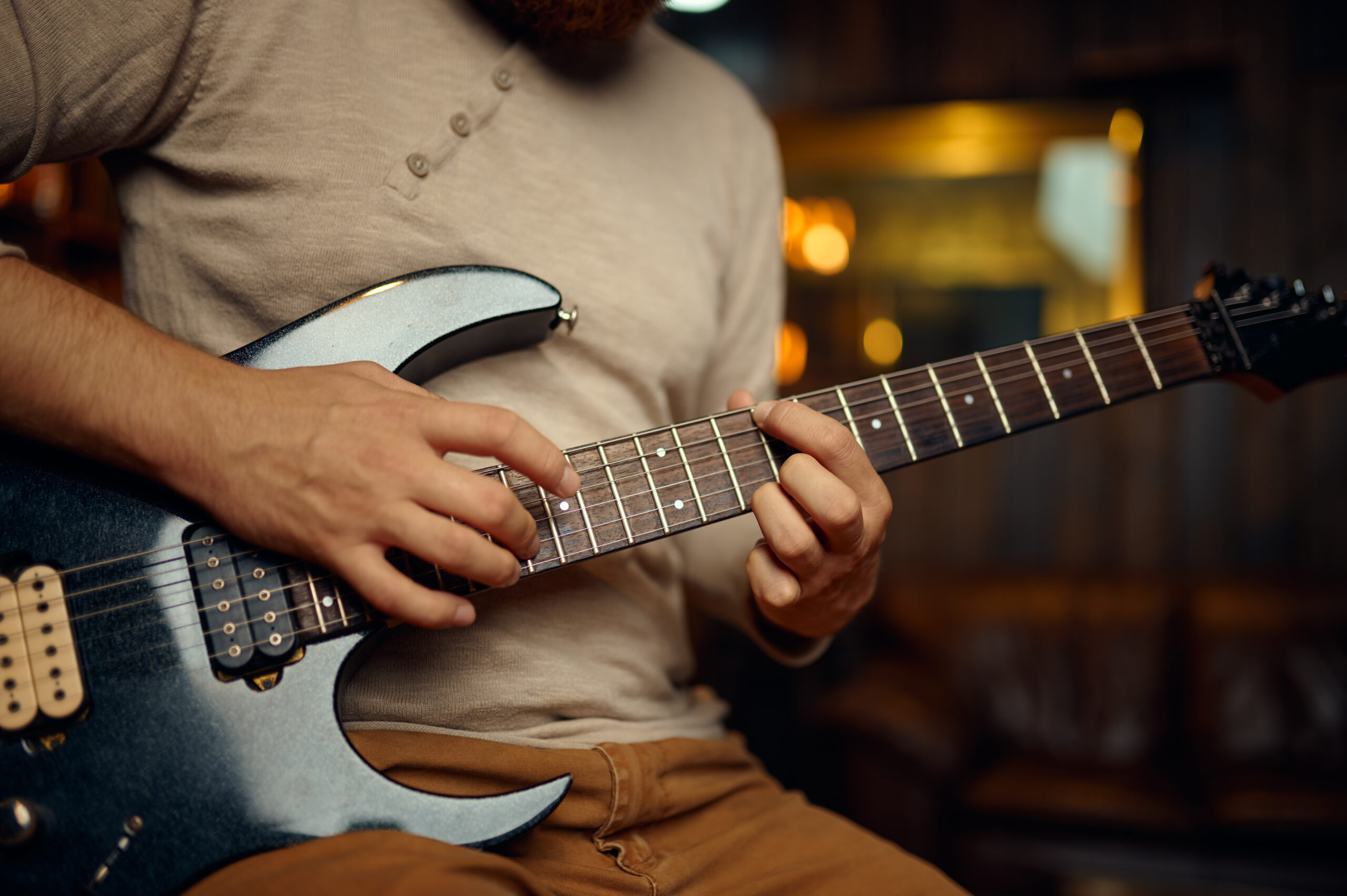Why chunking makes you learn music faster
Latest Posts • May 9, 2019

Sometimes less is more. If you want to learn a new song as fast as possible, you might want to slow things down. I know, that sounds counterintuitive, but it’s exactly what modern neuroscience discovered: take it step by step.
The natural tendency of most musicians to learn a new song is to play the entire song from the beginning. Or they play the first part a few times and then jump to the next section and then to the next and so on …
The brain can’t keep up with that. It wants to learn differently. How? Let’s take a look at what actually happens when we learn something new.
The human brain contains about 90 billion brain cells, called neurons. Synapses connect neurons to other neurons. A neuron can have between 1 and 200,000 such synapses – taking the total number of synapses in the human brain to about 100 trillion!
When a brain cell lights up with energy, this energy passes through the synapses to other brain cells, which then also light up. Which, in turn, makes all the cells connected to these brain cells light up, and so on … We call these neurons interconnected by synapses a neural network.
Each neural network is responsible for a specific skill – on your instrument and in general, everything you do. For example, one network lights up when you play a C major chord on the guitar; another network lights up when you play a single stroke roll on the drums.
Learning begins with creating and internalizing small, simplified chunks of information.
By breaking long strings of information into small chunks, we make them easier to learn and remember. Over time, we can take those small ‘chunks’ of information and add to and connect them with new ones. Let’s look at learning the piano as an example. When we try to learn the piano, we have to gradually combine individual notes to play harmony. Each note is equivalent to a chunk. Over time, we then learn to combine these chunks and play chords and entire songs. We can recall the chunks without having to think and are able, after many repetitions, to play a full song automatically and effortlessly. The key is to make sure we get each chunk down before we jump ahead to the next – which basically means repeat, repeat, repeat. A little every day.
In short, learning improves the number and strength of neural connections and builds stronger, faster and more accurate networks in the brain.




Leave A Comment